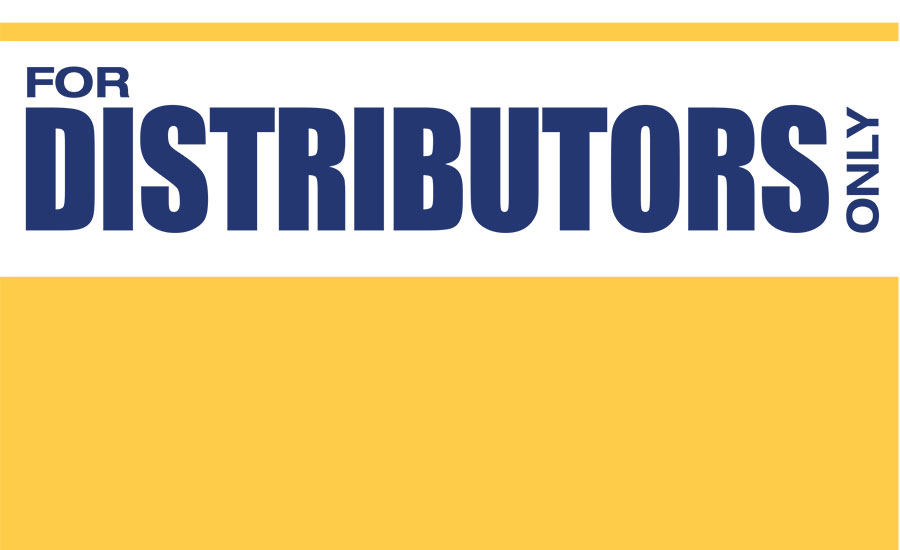The number of M&A transactions within the broad world of safety equipment and services continues to hold, and even to climb slightly into 2017. Published predictions today talk more often about “steady activity” and “cautious optimism” – significantly less bullish than the predictions we would have heard a few years ago. The number of really large mega-transactions in the industry, however, took a slight pause for 2016, and appears less likely to climb for 2017.
Our firm is focused on the middle market, which we define as companies with maybe $20 to $200 million in sales volume. In recent months we are still seeing an outstanding count of active buyers, and a still strong recent history for sales of safety product and service companies. Safety regulations continue to be refined, and often today still continue to expand. The potential influence of recent political trends, for strong governmental support to nurture U.S. manufacturers and service providers, is encouraging. Equity funds continue to proliferate, and the cost of borrowing remains low.
M&A cycles have historically run in waves, as we see in almost all economic trends. Commonly, M&A trends might shift direction around every 6-8 years. The worst year for M&A in recent times was back in 2009 – just following the huge downshifts for much of U.S. business in 2008. If we used the 6-8 year “average” trend to guess, considering a pit in 2009, we might fear the potential coming of another downward trend soon. However, there’s never a hard and fast rule for such timelines, and indicators look good for the near term.
Who’s most desirable?
In 2017, the most desirable companies tend to be those companies offering some leading or changing technology, likely to provide “lift” for the future. Safety product companies offering technically enhanced capabilities are among the most desirable. Products offering advanced digital capabilities are hot. Also, companies focused on specific niche industries, seem to have wind at their backs. (‘Oil and gas’ is a HOT spot for 2017.)
We are often asked for detailed examples of some of the really “hot” sellers in an industry segment. In safety, over the past year or so, some of the bigger hits and more “sexy” acquisition investigations I have heard about included companies which had developed:
- Environmental monitoring systems with elaborate digital warning capabilities
- Industrial safety lifts with innovative fall protection
- Fire protection systems using new chemical technologies
- Geologic, geotechnical and environmental sensors for subsurface monitoring
- Contactless safety switches for protective equipment
- Plastic workplates and road surfacing technologies for lightweight, mobile applications
The appeal of technology
The range and depth of evolving technology is broad and probably endless. But the appeal of companies with innovations like the above, coming to increasing viability due to new technologies, will always place those companies in the top quartile for acquisition desirability.
Understanding M&A momentum and building to create optimum value in your operating company, builds safety and solidity for the future. Competitive M&A trends nurture strong business value. With strong value comes capital for growth, aggressive hiring and fat pay scales, and access to ever-wider customer markets. Those things mean safety for your company’s future.
So, if all of that is true, how can U.S. companies today take optimum advantage of this environment?
What makes value rise and fall?
Start with an appreciation of what is valuable in a company today. Value climbs for:
- Strong profits relative to sales volume (ebitda as a % of sales)
- Sales trends showing steady positive growth
- Power-house second tier management
- Well-maintained and up-to-date equipment
- Segment focus in areas with healthy, growing customers
- Proprietary or patented technologies
On the other hand, values are impaired by:
- Heavy dependency on the owner
- Customer concentration with one or a very few
- Constraints in growth without major capital additions
- Intense pressure on margins, with sliding % levels
- Competitive disadvantage relating to new technology
The seller of 2017 who does well, relating to many of the “pluses” highlighted above, may move in 2017 at a value higher than ever before. Even your company’s disadvantages, if correctable, can have appeal to the buyers who have the strength to correct them.
Wave of entrepreneur retirements
Manufacturing competition is fierce in the U.S. today. One of the great ways to boost growth is to consider the power of business combinations. If you’re the buyer – it’s a way to accelerate to gain the lead. If you’re a seller – it’s a way to bring in new buyer resources, to make your company stronger for the future. Additionally, thousands of business owner entrepreneurs are rapidly approaching retirement in 2017. Even though sale of the privately-owned company will always feel to owners like a frightening project, it is almost certainly the one end game step that will leave the company behind with the strength to continue. The process is intimidating, because owners know how to operate their manufacturing companies, but they really don’t know how to sell them. But the opportunity for potential sale remains strong and promising in 2017.
Studying sales potential
One of our favorite enhancement tools, which we use in our periodic “SALABILITY ANALYSIS” is the study of company position, called the SWOT analysis. The acronym stands for:
- Strengths
- Weaknesses
- Opportunities
- Threats
A strong periodic look at position gives management the opportunity to inventory what’s needed, and to get in front of opportunities and threats, to cause better results. In our ‘Salability Analysis” we try to help owners take the time to do that forward look, and make plans for enhancement. We often joke that if every client company we sell had a salability analysis a year or two ahead of sale, they could ALL be worth 25-50 percent more, in virtually every case. Owners and management can do that themselves, and it will pay off in value enhancement.
A valuable company creates financial security for its owner, and safety and solidity for employees. Today’s environment still offers tremendous opportunity to build power and security for the future. Building value in your company, means building staying power for the future.



